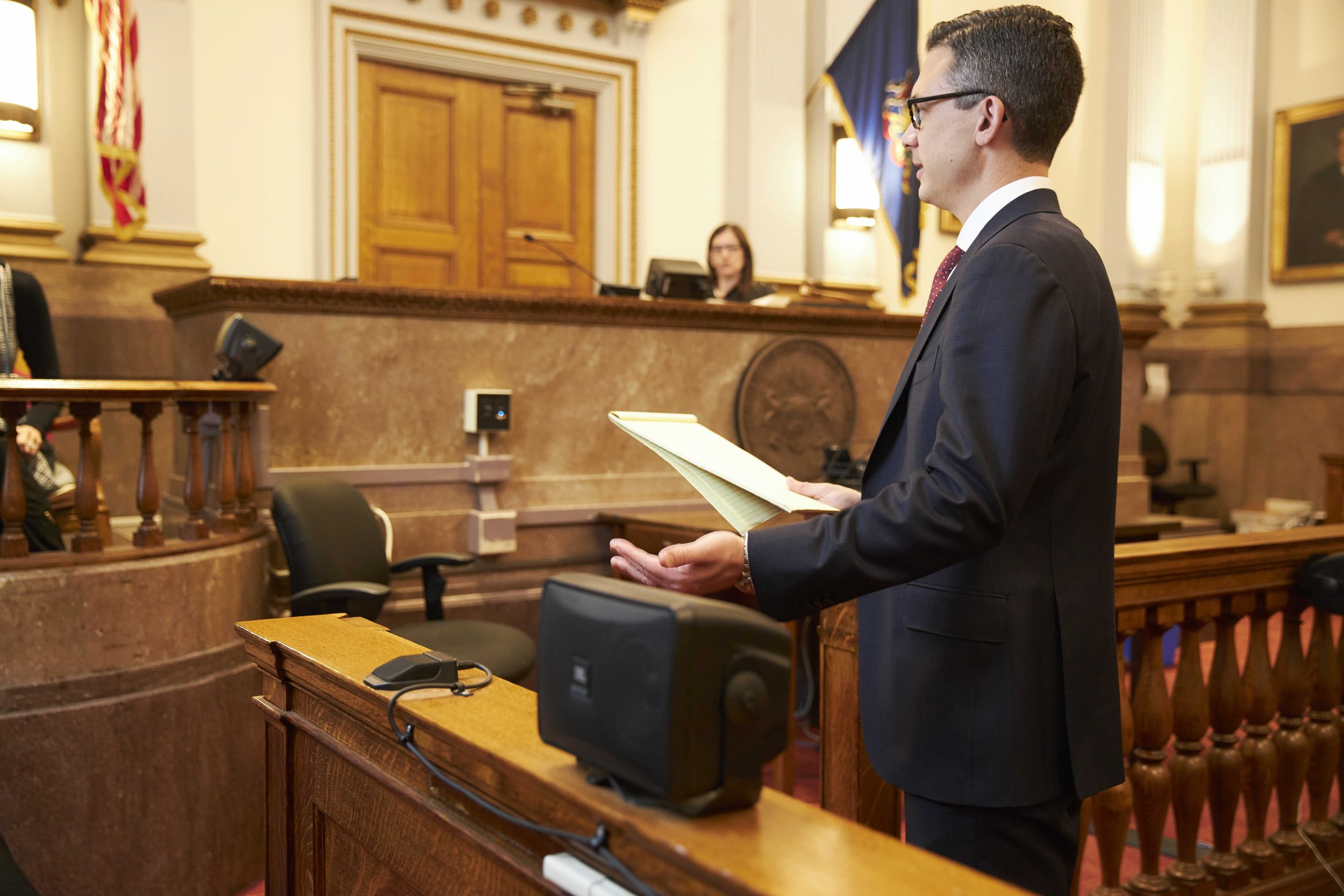Top Federal Crime Lawyer: Specialized Legal Protection for Federal Offenses
Top Federal Crime Lawyer: Specialized Legal Protection for Federal Offenses
Blog Article
Debunking the Refine of Federal Appeals: What You Required to Know
Browsing the detailed world of federal allures can typically feel like going across undiscovered waters for those not familiar with the procedure. Recognizing the subtleties of appellate court territory, the ins and outs of submitting a notice of appeal, offering an engaging brief, and making a convincing dental debate are essential components that can significantly affect the result of an instance. By unraveling the layers of complexity surrounding federal allures, individuals can gain a clearer insight into the systems that govern this critical point of the legal system.
Comprehending Federal Appeals Refine
Exploring the detailed realm of the federal allures procedure unveils a organized and methodical journey with the judicial system. Federal allures function as an important system for evaluating decisions made by lower courts. Comprehending this procedure is essential for any individual included in lawful process at the government level.
The process commonly starts with an event disappointed with a lower court's judgment submitting a notification of charm. This activates an evaluation by a greater court, where a panel of courts assesses the legal disagreements offered by both celebrations. Briefs laying out the legal reasoning behind each event's placement are sent, and oral disagreements might be heard to clear up intricate problems.
The appellate court's decision is based upon a thorough evaluation of the reduced court's procedures and the disagreements offered. The judges do not focus yet review realities on whether legal errors took place that impacted the reduced court's choice. Once the appellate court gets to a choice, it can attest, turn around, remand, or modify the reduced court's judgment, supplying clarity and finality to the legal disagreement. Comprehending this process is crucial for navigating the intricacies of government allures efficiently.
Appellate Court Jurisdiction Discussed
Appellate court territory refers to the extent of cases that a specific appellate court has the power to examine and choose upon. Unlike trial courts that listen to situations for the initial time, appellate courts are restricted to assessing decisions made by lower courts.
Appellate courts have territory over certain kinds of cases, normally those involving legal errors, procedural concerns, or inquiries of law instead of factual conflicts. The territory of appellate courts is typically outlined in laws and regulations that govern the court system. Recognizing appellate court territory is important for parties associated with the appeals procedure as it figures out whether a situation is eligible for evaluation and the level to which the appellate court can interfere in the reduced court's choice.
Declaring a Notice of Appeal
The preliminary step in beginning the federal charms procedure includes filing a Notice of Charm with the proper appellate court. This vital record formally alerts the court and the various other parties associated with the instance that the appealing celebration plans to seek a testimonial of the lower court's choice. Filing a Notification of Appeal is a stringent procedural demand that establishes the appellate process in activity.
When preparing the Notice of Charm, it is necessary to ensure compliance with the details guidelines and guidelines of the pertinent appellate court. federal crime lawyer. The record must normally consist of information such as the case name, the lower court's name, the date of the judgment being appealed, and a succinct declaration showing the grounds for the charm

Instruction and Dental Disagreement
In the appellate procedure, presenting created briefs and participating in dental debates play essential duties in advocating for the appealing celebration's setting prior to the appellate court. Briefs are extensive legal papers that lay out the parties' disagreements, lawful authorities, and evaluation sustaining their placements. These created submissions offer the court with a thorough understanding of the facts of the case, the relevant legislation, and why the appealing event believes the lower court's decision need to be overturned.
Complying with the submission and review of the briefs, dental arguments provide the celebrations a chance to additional clarify their placements, address any type of concerns the appellate courts may have, and highlight bottom lines from their composed briefs. Oral disagreements are an opportunity for the attorneys to encourage the courts via spoken advocacy and reactions to inquiries from the bench.
Both the created briefs and oral arguments are critical components of the appellate process, allowing celebrations to present their instance extensively and compellingly prior to the appellate court. - federal appeal attorneys
Getting the Appellate Court Decision
The appellate court's choice is typically delivered in a written format and details the court's final thoughts on the lawful concerns presented, the thinking behind their decision, and the judgment provided. The time framework for getting the appellate court's choice can vary, but courts make every effort to give timely resolutions. Whether the appellate court verifies, turns around, or remands the reduced court's choice, understanding the effects view it of the ruling is critical for all parties entailed in the appellate process.
Conclusion
Understanding the appellate court territory, submitting a notice of charm, preparing briefs, and offering oral disagreements are all crucial elements of this process. Ultimately, getting the appellate court choice can offer clarity and resolution to legal conflicts.
As we advance from comprehending the federal charms procedure to dissecting the details of appellate court territory, a fundamental element comes to light pertaining to the authority and limits of these greater courts in the legal landscape. Appellate court territory refers to the range of instances that a particular appellate court has the power to evaluate and make a decision upon. Unlike trial courts that listen to instances for the very first time, appellate courts are restricted to evaluating decisions made by reduced courts. Understanding appellate court jurisdiction is important for celebrations involved in the allures procedure as it identifies whether an instance is qualified for review and the level to which the appellate court can interfere in the lower court's decision.

Report this page